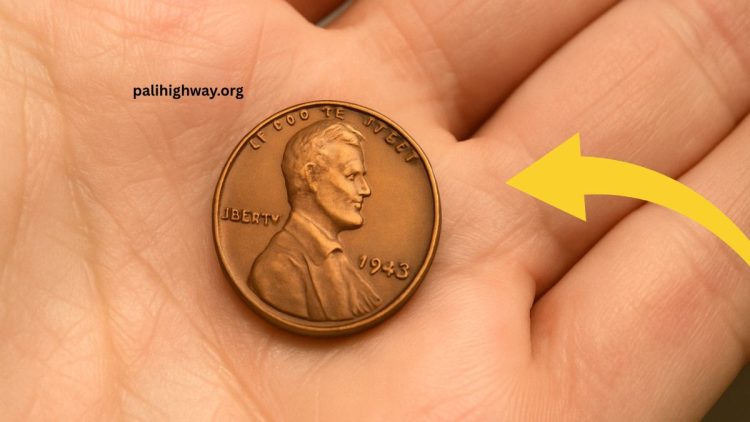Imagine turning over an old penny and discovering it’s worth $140,000 or more. That’s exactly what has happened to a few lucky Americans who stumbled across the 1943 copper Lincoln Wheat penny—a coin so rare and mysterious, it has become one of the most sought-after collectibles in U.S. history.
This article unpacks the history, value, identification tips, and famous finds of this legendary coin. Could you be the next person to uncover a hidden fortune?
Overview – Key Facts About the $140K Penny
| Topic | Details |
|---|---|
| Coin Name | 1943 Copper Lincoln Wheat Penny |
| Error Type | Minted in copper instead of wartime steel |
| Known Specimens | Approximately 20 |
| Estimated Value | $60,000 to $1.7 million |
| How to Identify | Weight (3.11g), non-magnetic, unique copper color |
The Wartime Minting Error That Created a Legend
In 1943, the U.S. Mint shifted from copper to steel for pennies to preserve copper for World War II efforts. However, a small number of pennies were accidentally struck on leftover copper planchets from 1942.
This accident created a handful of copper 1943 Lincoln Wheat pennies—a rarity so significant that it’s compared to finding gold in your pocket.
Why the 1943 Copper Penny Is So Valuable
The high value comes from a combination of factors:
- Extreme Rarity – Only around 20 genuine specimens are known to exist.
- Historical Importance – The coin marks a pivotal moment during wartime production shifts.
- Massive Collector Demand – Global interest from numismatists drives prices into six or even seven figures.
One such coin was sold for $1.7 million in 2010, while others have fetched anywhere between $100,000 and $500,000 at major auctions.
How to Identify a 1943 Copper Lincoln Wheat Penny
Here are the key features to verify if you have the real deal:
1. Check the Date
- Must read “1943”
- Look for mint marks: none (Philadelphia), D (Denver), or S (San Francisco)
2. Perform the Magnet Test
- A genuine copper penny is non-magnetic
- If your coin sticks to a magnet, it’s steel and not the valuable one
3. Weigh the Coin
- Use a precision scale
- Copper pennies weigh 3.11 grams; steel pennies weigh 2.7 grams
4. Look for Alterations
- Some counterfeit coins are altered 1948 pennies (the “8” filed down to look like a “3”)
- Have the coin authenticated by PCGS or NGC
Estimated Value by Condition
| Coin Condition | Estimated Value |
|---|---|
| Good (circulated) | $60,000 – $85,000 |
| Fine | $100,000 – $140,000 |
| Mint State (Uncirculated) | $200,000+ |
| Proof/Ultra Rare | $1 million+ |
Famous Discoveries of the 1943 Copper Penny
- 1947 – A California schoolboy found one in lunch money.
- 1958 – A woman discovered one in her late husband’s collection.
- 2019 – A forgotten penny sold for $204,000 at auction.
These examples prove it’s still possible for one of these coins to be hiding in plain sight.
How to Sell a 1943 Copper Penny
If you think you have a genuine coin:
- Authenticate It – Get certification from PCGS or NGC
- Consult Experts – Contact reputable dealers or auction houses like Heritage Auctions
- Avoid Pawn Shops – Specialized numismatic markets pay significantly more
- Consider Online Sales – Platforms like eBay can be used, but verified documentation is critical
The $140K Lincoln Wheat penny isn’t just a collector’s dream—it’s a real possibility that might be sitting in your coin jar or pocket change.
With just a bit of knowledge, a magnet, and a digital scale, you could uncover a life-changing treasure.
FAQs
How rare is the 1943 copper Lincoln Wheat penny?
Fewer than 25 known examples exist, making it one of the rarest U.S. coins.
How much can a 1943 copper penny sell for?
Depending on condition, the value ranges from $60,000 to over $1 million.
Can the 1943 copper penny still be found in circulation?
While extremely rare, it’s possible. Coins can surface through estate sales or coin jars passed down through generations.

